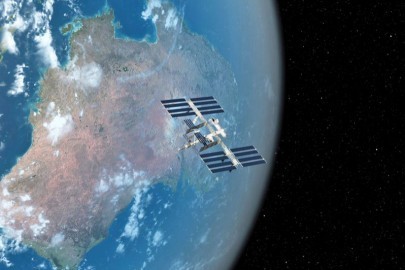There are all kinds of experiments going on aboard the International Space Station, but they all probably don’t produce results as strange as this one. An article published today in the journal Regeneration details a recent experiment in which an amputated flatworm grew two heads — twice.
Planarian flatworms are known to have extraordinary regenerative properties. They can regrow complex organs, including a central nervous system, from small pieces of their bodies. In order to study how space travel might affect these regenerative abilities, the scientists sent a group of worms up to the International Space Station; half were amputated, with their heads and tails cut off, and half were normal.
The worms stayed aboard the ISS for five weeks, after which they were observed for 20 months on Earth. This was when scientists noticed something very strange: One of the 15 amputated worms actually grew two heads. While this has occurred in fully Earth-bound worms, it’s incredibly rare — in 18 years of working with these worms, this specific research team has never encountered the phenomenon.
The team once again amputated the worm (seriously, what did this worm ever do to them?) and it grew another double head from the cut end. This has led the scientists to hypothesize that space travel has made some fundamental change to the worm’s regeneration abilities.
It’s not quite clear yet what implications this study has for humans, though it does support the idea that our bodies are permanently changed by space travel. These worms will help further examine the risks of space travel, but even more important than that, they may help scientists discover how to extend worms’ regenerative properties to humans. After all, being able to regrow a limb would be pretty useful in deep space travel.
Ask me anything
Explore related questions





